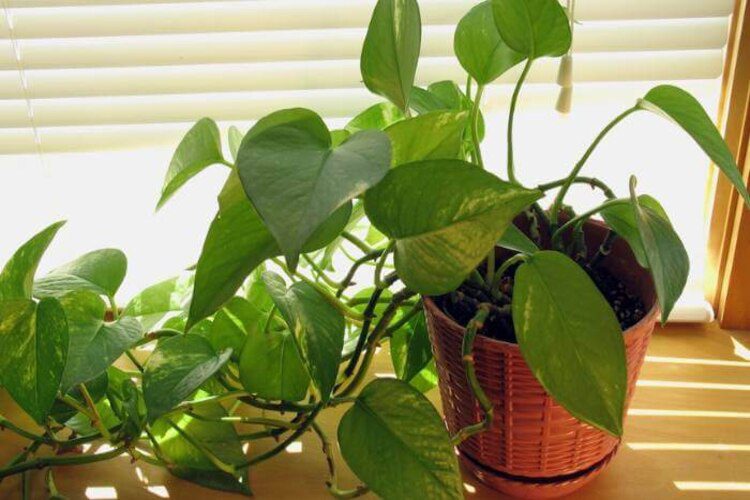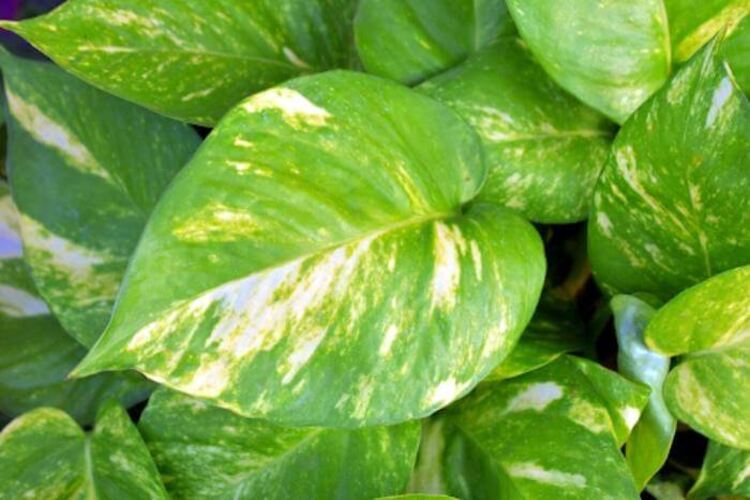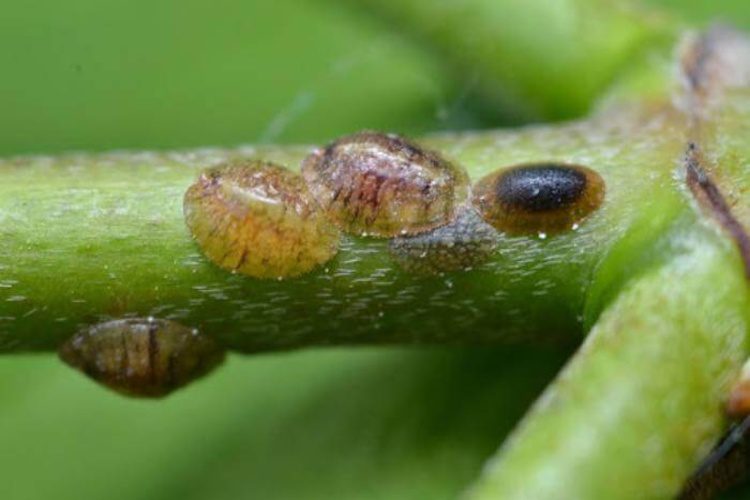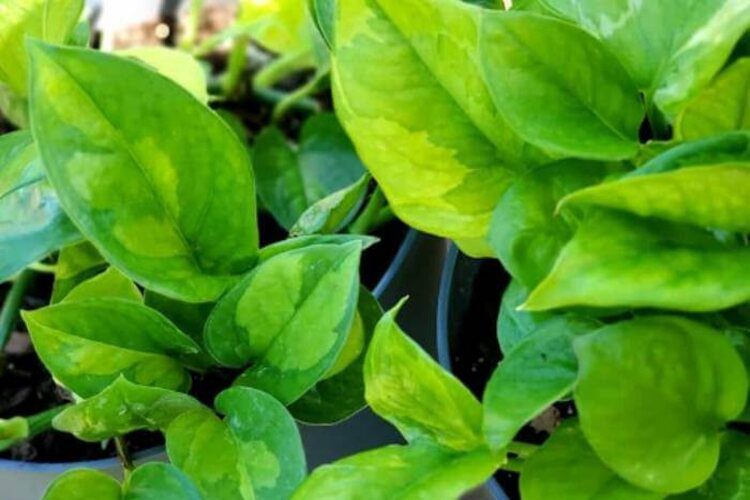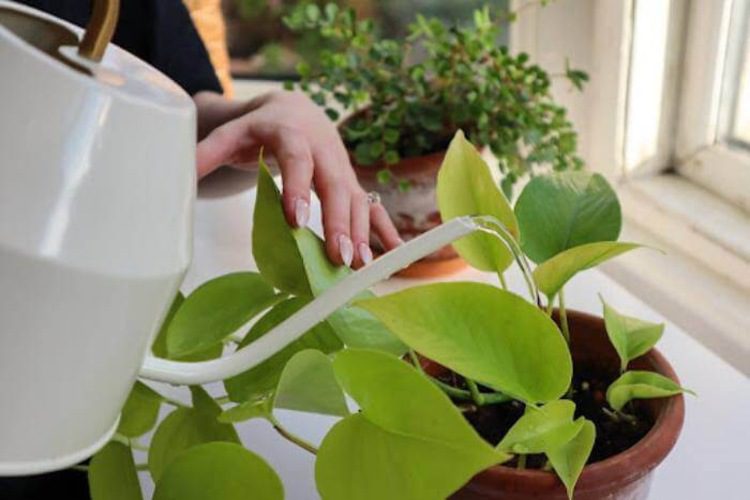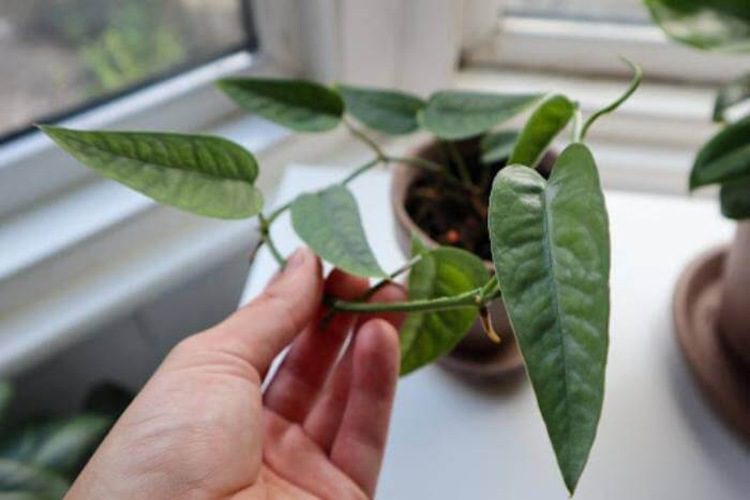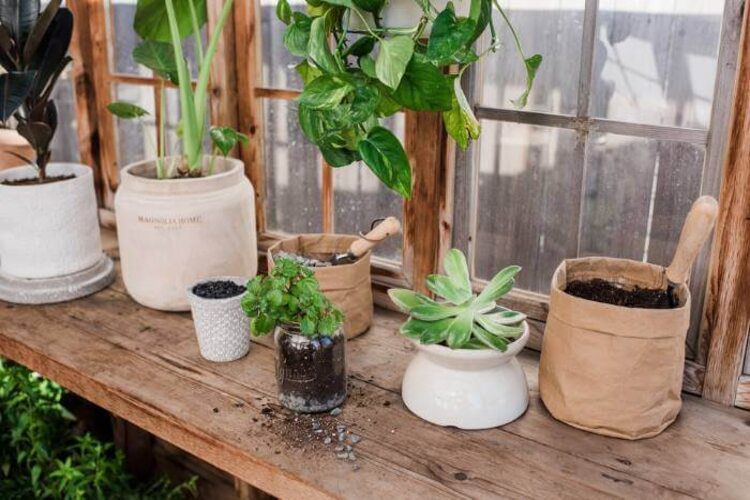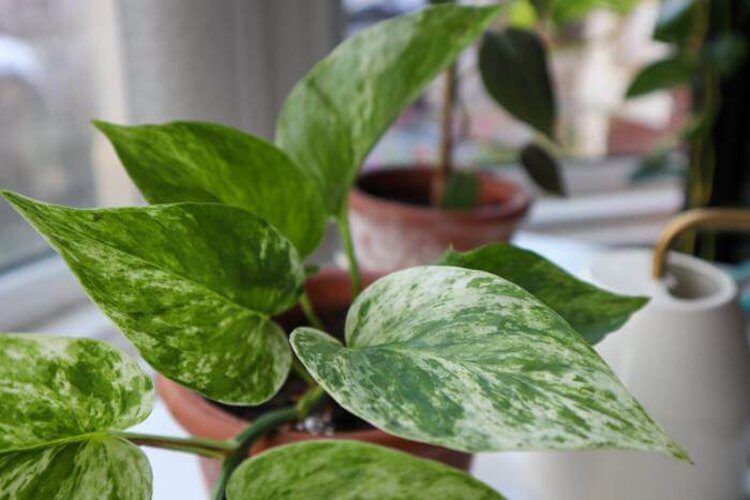Neon Pothos Care: The Easy Guide For Outstanding Color

If you’re one of many people who have recently taken up the hobby of houseplant care and Neon Pothos is in your collection right now, then you may wonder how easy it is to care for this plant. Neon pothos is a type of plant that is commonly found in offices and homes. It is a great indoor plant because it is easy to care for and does not require a lot of sunlight or water.
There are still some things that you should know to ensure that your plants thrive. Some common problems with Neon pothos are the leaves turning yellow or brown, the plant wilting, and the leaves drooping. If you see any of these signs, you must take action and care for them properly.
In this article, we will provide an essential guide to caring for this particular type of plant, as well as list some common problems and how to fix them.
| Scientific Name | Epipremnum aureum Neon |
| Common Name | Neon Pothos |
| Family | Araceae |
| Origin | Southeast Asia |
| Plant Type | Evergreen vine |
| Bloom Time | Spring, Summer |
| Flower Color | White, Green |
| Soil | Well-drained |
| Water | Not usually |
| Temperature | 60°F and 75°F (15°C–24°C) |
| Sunlight | Partial |
| Toxicity | Toxic to people and pets |
About Neon Pothos
Neon Pothos is a beautiful, hardy plant that can brighten any indoor space. The plant gets its common name from its bright chartreuse or neon-colored leaves. Native to the Solomon Islands, this variety of pothos is a member of the Araceae family and is closely related to the Philodendron species.
Neon Pothos and some varieties of Pothos (N’joy Pothos, Pearls and Jade Pothos, etc.) are excellent choices for beginners or those with little experience with houseplants. It is an elementary plant to take care of. It does not require much light or water and can even tolerate some neglect. It is a fast-growing plant and can quickly become too large for its pot. When this happens, the plant will start to produce long, leggy stems with fewer leaves. You can keep your pothos looking their best with regular pruning.
Neon Pothos doesn’t require a particular soil type but prefers well-drained soil. The plant can tolerate various lighting conditions, from high levels of sun to low light. Water your pothos when the top inch of the soil is dry. Allow the top 1-3 inches of soil to dry out before watering again. This plant is tolerant of neglect. It will still be fine if you forget to water it for a week or two. However, if you want your plant to thrive and look its best, regular watering and occasional fertilizing are necessary.
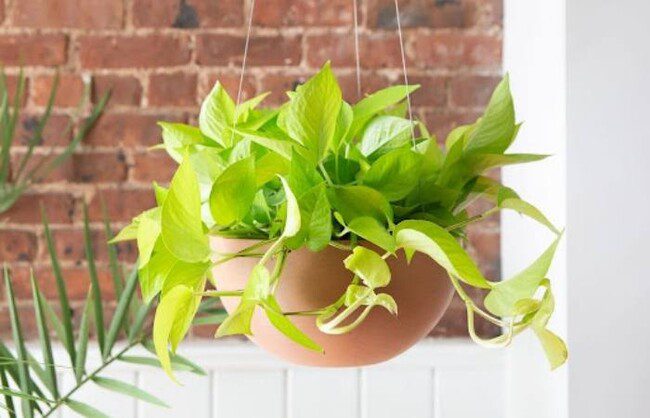
Neon Pothos Care
Neon Pothos care is easy. Some prominent tips include watering your pothos plant when the top few inches of soil feel dry to the touch. Then, fertilize with a liquid houseplant fertilizer diluted to half the recommended strength every other month. Neon pothos loves bright, indirect light but will also do fine in lower light levels.
Light
Neon Pothos does best in bright, indirect light. However, it will also do fine in lower light levels. Because of this characteristic, pothos is such an excellent plant for offices and homes. You can place your plant in various locations within your home and still expect it to thrive.
Soil
Regarding soil, a well-draining potting mix is essential for pothos. The plant does not like to sit in wet soil, which can lead to root rot. Therefore, make sure you choose a pot with drainage holes to ensure that the water can drain out quickly. Again, a good-quality potting mix or African violet mix will do the trick.
Watering
When it comes to watering, Pothos is very undemanding—water your plant when the top few inches of soil feel dry. Overwatering is one of the main reasons plants die, so ensure you don’t water your plant too often. A good way to check is to stick your finger into the soil up to the first knuckle. If the soil is dry, it’s time to water. If it’s wet, wait a few more days.
Fertilizing
Pothos does not need a lot of fertilizer, but it is vital to fertilize your plant every other month. A suitable liquid houseplant fertilizer diluted to half the recommended strength will do the trick. It means that you should mix 1 part fertilizer with 2 parts water.
Pruning
Pothos is a fast-growing plant, so you may need to continuously prune it to keep its perfect appearance. Cut the stems back to the desired length with sharp scissors. You should also remove any yellow or dying leaves to help the plant maintain its healthy appearance.
Temperature and Humidity
Pothos is a tropical plant that prefers warm temperatures and high humidity. The ideal temperature range for pothos is between 60°F and 75°F (15°C and 24°C). However, it will also do fine in average household conditions. This plant is usually happy with average humidity, but you can increase the air’s moisture around it by placing it on a pebble tray or misting it regularly.
Repotting
Pothos is a fast-growing plant, so it must be repotted every 1-2 years to accommodate its growth. The best time to repot Pothos is in the spring, before the plant starts its active growth period. Choose a pot 2-3 inches wider than the current pot and add fresh potting mix.
Neon Pothos Propagation
Neon Pothos is very easy to propagate by using stem cuttings. It is a good way to get a bunch of new baby plants from your neon-old pothos vines. And because it’s so easy to propagate, you can quickly fill your home with these lovely plants. Just follow our simple steps, and you’ll be on your way to success.
Step 1: Cut a 6- to 8-inch stem from a healthy plant section using a sharp knife or shears. Make sure the cutting has 2–3 leaves on it.
Step 2: Next, cut off the bottom leaves so only 2-3 leaves remain at the top
Step 3: Dip the cut end of the stem in rooting hormone powder or liquid. It will encourage roots to grow.
Step 4: Fill a small pot with a well-draining potting mix. Stick the cutting into the soil, ensuring that at least 2 leaves are above the soil line and one node is under the surface because that’s where new roots will sprout out
Step 5: Water your cutting board well and place it in bright, indirect light.
Step 6: Keep the soil moist but not soggy, and wait for new growth to appear. It can take anywhere from 2 to 8 weeks.
Step 7: When your cutting has rooted and new growth appears, it’s time to transplant! Your plant will love the boost in nutrients from its all-new home. Keep in mind that neon pothos can grow quite large, so give them plenty of room to spread out.
Now you know how to propagate neon pothos! With just a little effort, you can quickly grow your own pothos plants and add more beautiful plants to your home.
Remember to keep an eye on the soil moisture and provide bright, indirect light for the best results.
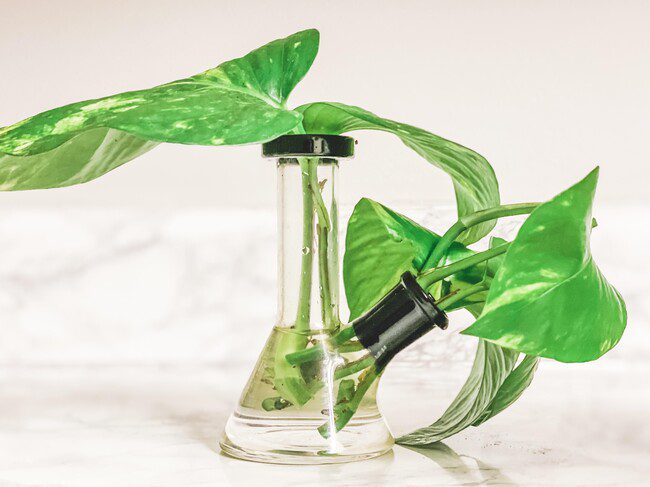
Toxicity
Neon pothos in Epipremnum aureum (including Snow Queen Pothos, Manjula Pothos, etc.) are considered to be highly toxic to humans and animals and can cause a range of severe health problems if ingested. Because of this, the plant is often kept out of reach of children and pets.
Symptoms of Pothos toxicity include nausea, vomiting, diarrhoea, and drooling. In addition, the plant can cause difficulty breathing, seizures, and even death in severe cases. If you suspect your child or pet has ingested Neon Pothos, it is crucial to seek medical attention immediately. If you choose to keep the plant, keep it out of reach, and educate yourself on the symptoms of toxicity.
Common Problems
Neon pothos plants are beautiful but can get sick if you don’t care for them. Here are some common problems and solutions:
Yellow leaves
Yellow leaves on a Pothos plant can indicate a few different things. It could be that the plant is getting too much sun and not enough water or nutrients. If the leaves turn yellow, brown, and crisp, it might signify diseases, such as a fungal infection. Adjust your care and treatment accordingly once these things happen.
Brown leaves
If the leaves of your Neon Pothos are turning brown, it could be a sign that the plant is not getting enough water. Make sure you are watering the plant regularly and giving it enough moisture. If the leaves are wilting or turning yellow in addition to browning, it could signify a more severe problem, such as root rot. In this case, you will need to repot the plant in fresh soil and ensure it gets enough drainage.
Green leaves
If the leaves of your pothos are turning green from their inherent bright chartreuse color, it could be a sign that the plant is not getting enough light. Make sure you are giving the plant enough indirect sunlight. If the leaves are wilting and, in addition, greening, it could be a sign of overwatering, too little light, or nutrient deficiencies.
If the leaves are only greening and not wilting or yellowing, you may need to give the plant some extra nutrients. Make sure you are fertilizing your plant regularly with a balanced fertilizer.

Care Tips
The Neon Pothos is a great option if you’re looking for an easy-to-care-for houseplant. Here are a few tips to help you keep this indoor plant healthy and happy:
Tip 1: Provide bright, indirect light. Neon Pothos will do best in bright, indirect light. So if you can provide a spot near a window where the plant will get some bright light, that’s ideal.
Tip 2: Allow the soil to dry out between waterings. Pothos does not like to be kept in soggy soil, so it’s essential to allow the top few inches of soil to dry out between waterings.
Tip 3: Don’t worry if the leaves start to turn yellow. Yellowing of the leaves is normal for Neon Pothos and is nothing to be concerned about. At this time, try to apply the appropriate treatment, such as indirect light, moisture, and sometimes fertilizer.
Tip 4: Cut back on watering in the winter. During the winter months, when growth is slower, you can reduce watering to once every two weeks.
Tip 5: Fertilize monthly during the growing season. Use a liquid fertilizer formulated for houseplants and apply it at half-strength.
Following these simple tips, you can keep your Neon Pothos healthy and thriving for many years.
Read more: Manjula Pothos Care: Stunning Plants For Beginners
Conclusion
Now that you know almost everything about Neon Pothos care, you’re ready to get started on your own! These plants are firm and make a beautiful addition to any home. Your own pothos plant will thrive for years with a bit of passion and attention from its owner. Thanks for reading, and good luck!
FAQs


